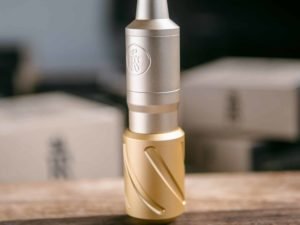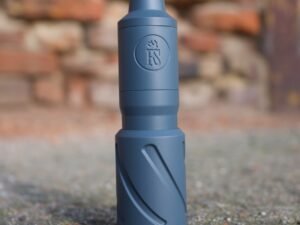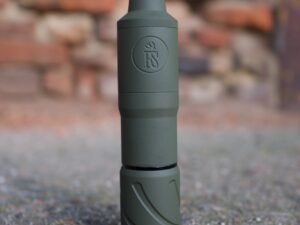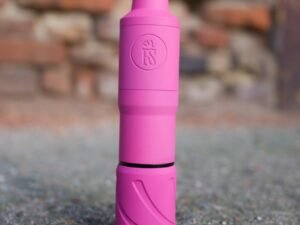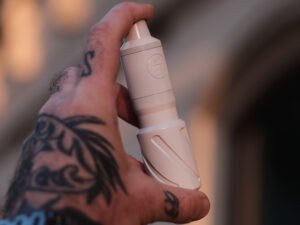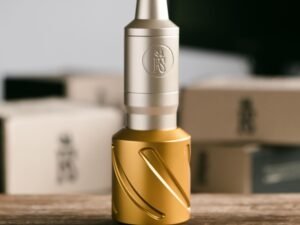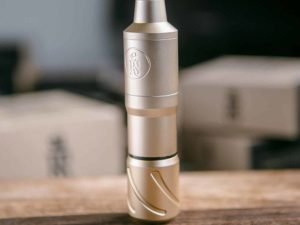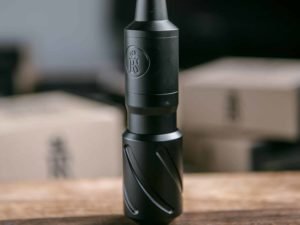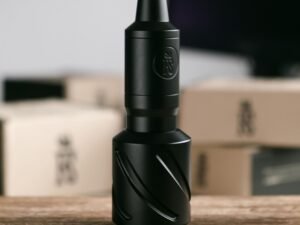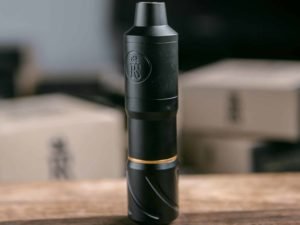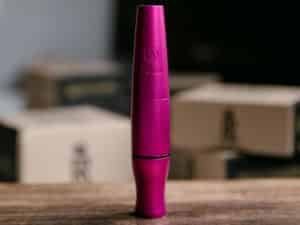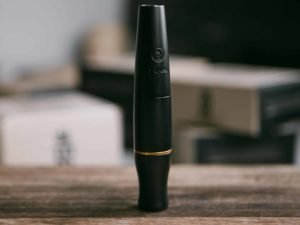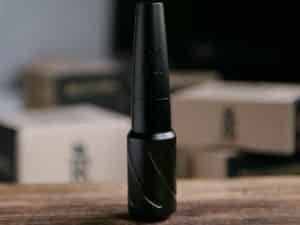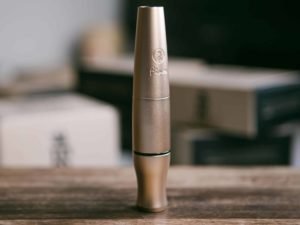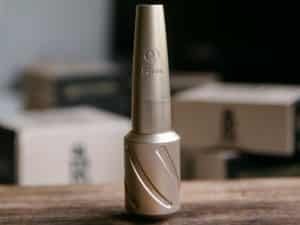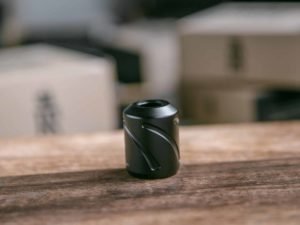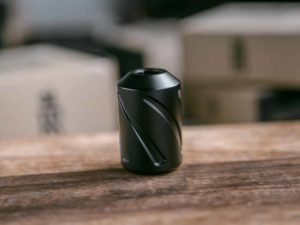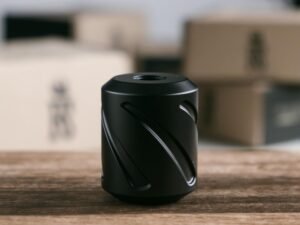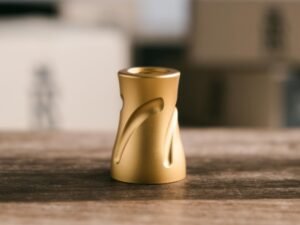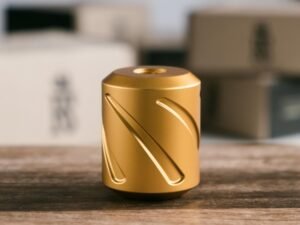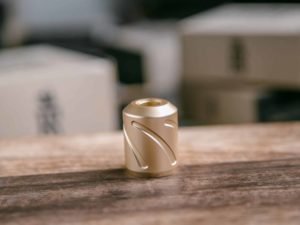- You cannot add "Pen tattoo machine Finer -28mm grip (Gold)" to the cart because the product is out of stock.
THE STORY OF PEN TATTOO MACHINES
Tattoos are also known as skin art or body art, with reason. There is archaeological evidence that skin tattoos were practiced since Neolithic times. The earliest known example has been on the mummified body of Otzi the Iceman. The finding dates from between 3370 and 3100 BC and is preserved on the mummified skin. Otzi was of course named after where his body was found, in the Otzal Alps of Europe. Close examination of the 61 tattoos on his body indicates that fireplace ash was used as ink, to pen the tattoos on his torso. Not only that, mummies discovered from widely separated locations such as Alaska, Sudan, Mongolia, Russia, Egypt, China, and even Greenland, have all exhibited various designs and modes of tattoos, mostly inked in. But from the crude, hand-held, often tribal tools used by the ancients, to the modern pen tattoo machines is a far cry.
How Do They Work?
The latest Pen machine looks like a pen. That may not sound surprising, but it is. Most of the earlier tattoo machines have evolved to look quite formidable, with complex designs, and are difficult to operate. It is often thought that tattoo needles work by injecting ink under the skin, but that is only partially true. The machine has many pointed needles, which are quite different from standard medical practice. Tattoo Artists do not simply inject ink from some chamber. The multiple points of the needles dip into pots of ink, as can be seen from slow-motion video photography. It’s rather like a Painter dipping his brush in the paint. The fluid mechanics are pretty spectacular. The ink is held between the needles. The needle punctures the skin (not the fat, as that will cause the tattoo to blur). The ink held between the needles is drawn down, to produce the perfect tattoo, that is pin-sharp and long-lasting.
Types Of Machines
There are two basic types of pen machines: Coil and Rotary Tattoo Machines. They operate in totally different ways to achieve the same end, that is, moving the needles in and out of the client’s skin. This is to deposit ink with each insertion into the second layer of tissue beneath the primary epidermis, called the dermis. It is the drive behind the needles that set them apart. The Rotary Machines have a small motor encased in each pen machine, which moves the attached needles up and down smoothly with each cyclical motion created by the motor. This makes the machine incredibly quiet. The Coil Machine tattoo uses a pair of electromagnetic coils to create a hammer effect, which is closer to the traditional and tribal forms of tattooing. Springs are coiled tight by the action of the electrical coils, then released, which causes the armature bar to tap the needles into the skin. Even the sound emitted by the Coil Machine resembles that of the ancient art of tattooing by pin and stick.
A Touch Of History
Both types of Machines evolved from one invention, Thomas Edison’s Electric Pen. This was used for duplication using the technique of rotary engineering for faster copy–making of written content. Called Stencil Pens, the principle of these devices attracted Sam O’Reilly, who patented the first electric pen to do ink tattooing by machine in 1891. It was both faster and safer. Later, an ink tube for tattooing was also patented by O’Reilly, and an ink reservoir was made part of the system. These together comprised the first Rotary Tattoo Machine. Then came the first Coil Tattoo Machine, which utilized electromagnetic twin coils and loaded springs to simulate the traditional hammering action of manual tattooing over the years. It was invented independently by Thomas Riley of London just fifteen days after O’Reilly invented his Rotary Machine. A modified doorbell assembly was fitted inside a brass box by Riley. It was single-coil at that stage, but soon after, Alfred Charles South, another Londoner, invented the twin-coil Machine. But this was a very heavy machine, so much so that it was often strung up from the ceiling through springs to make the load bearable by the Tattoo Artist and make it possible to fill in the finer details.
The third type of Tattoo Machine has been invented nearly 100 years after the others which is quite different from the first two. This was tattooist Carson Hill’s Pneumatic Tattoo Machines, which are powered by compressed air to drive the needles up and down. Pneumatic Machines are perfect for the medically conscious Tattoo Artist as well as the Client, as the Machine is fully autoclavable, and can be sterile as per medical and scientific norms. It is also extremely lightweight. Somehow though, this Machine is not yet very popular.
And that, in brief, is the Story of pen tattoo machines.

